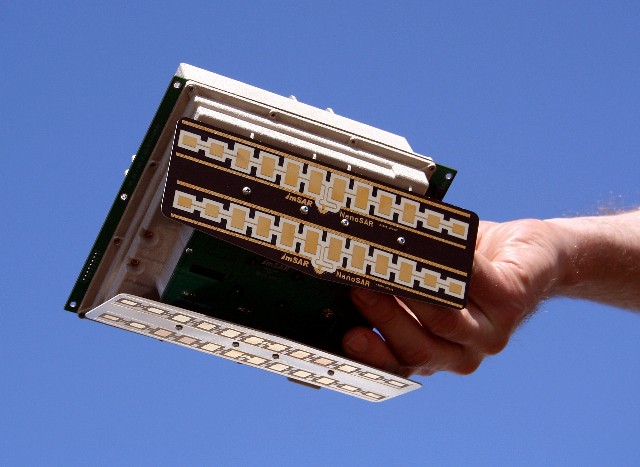 |
| Synthetic Aperture RADAR (nanoSAR) |
ImSAR LLC,* Springville, Utah, was awarded a $98,971,746 cost-plus-fixed-fee contract for research and development, rapid advancement and integration of small aperture radars on small unmanned aerial systems. Funding and work location will be determined with each order, with an estimated completion date of Aug. 20, 2019. One bid was solicited, with one received. Army Contracting Command, Natick, Massachusetts, is the contracting activity (W911QY-14-D-0007).
 |
| NanoSAR C radar unit is the world’s smallest SAR, weighing less than 2 lbs and consuming less than 25 W |
ImSAR's flagship product is the NanoSAR.
US Army Wants a Small Radar, for Small UAVs
In May 2012, ImSAR, L.L.C. in Salem, UT received a $24 million firm-fixed-price and cost-plus-fixed-fee contract to build, test, and assess a lightweight ultra wide band synthetic aperture (ground-looking) radar for use on small unmanned aerial vehicles. Work will be performed in Salem, UT, with an estimated completion date of May 31/17. One bid was solicited, with 1 bid received by U.S. Army Contracting Command in Natick, MA
(W911QY-12-D-0011).
ImSAR’s NanoSAR radar has already tested on Boeing’s popular ScanEagle UAV, and the company began offering it as an official payload option on Feb 23/10. The US Army doesn’t use ScanEagle UAVs, but they do have options like the RQ-7B Shadow
improved NanoSAR B

No comments:
Post a Comment